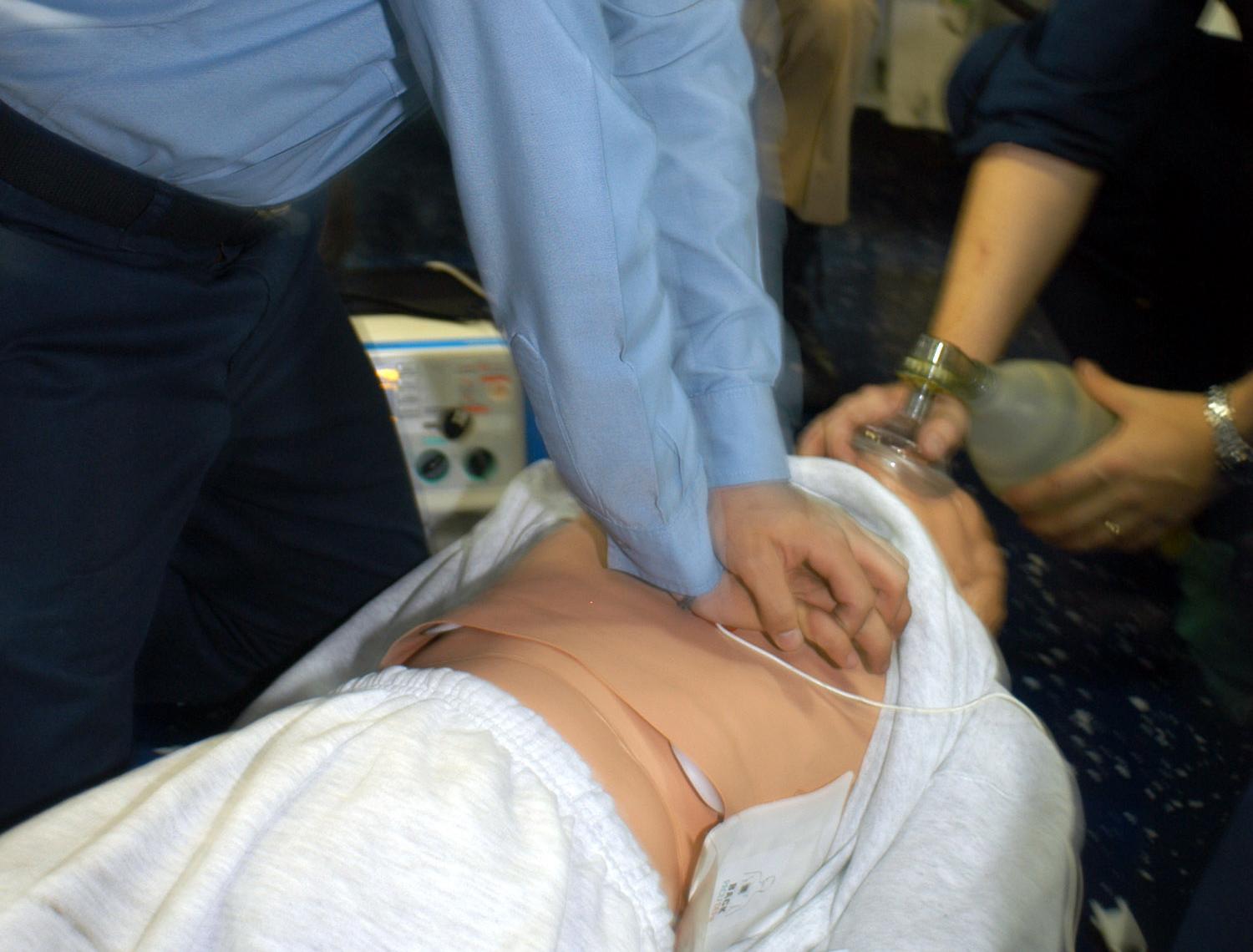Selenium Reduces Mortality Rates
 |
| Source: THOR (CC:2.0) |
How Does Selenium Work?
The major reason why selenium helps to fight aging and promote longevity is its role as an antioxidant. Other dietary antioxidants, such as vitamin C, must be "recharged" in order to work more than once, otherwise your requirements for these would be much higher. More powerful "master" antioxidants produced by our own bodies have this recharging as one of their responsibilities, which includes glutathione and thioredoxin. These in turn must be recharged by glutathione peroxidase and thioredoxin reductase, two enzymes that need selenium to function. Antioxidants protect cells and tissues against damage; if this damage is significant and unaddressed, it can create vicious cycles of inflammation and destruction.Selenium can also help to prevent specific diseases. In the 1990s, a large controlled trial found that taking 200 micrograms of selenium over several years reduced the risk of prostate cancer by just over half, and lowered cancer mortality by 41%. It may have also prevented one-third of all cancers in the treated group, as well as halving the risk of colorectal cancer. Selenium can help to restore youthful immune function too, thus reducing the risk of another major cause of death: sepsis, an advanced stage of infection. If you are of an older age, and worried about the flu season or an impending surgery, it is probably worthwhile to supplement with selenium.
As selenium can be toxic in high doses, you must avoid taking more than 400 micrograms each day, and supplementation should be kept to a dose around 100-200 micrograms. Brazil nuts are one of the best food sources of selenium, but garlic, onions, leeks and broccoli florets are sources of a compound known as selenium-methylselenocysteine. This mouthful has less potential to be toxic than other forms of the mineral, and may be the most protective against cancer. All things considered, use of selenium may be one of the best things you can do for your health, particularly if you are older and prone to infections.
References
1: http://www.lifeextension.com/whatshot/2018/4/April-Whats-Hot-Articles/Page-01#selenium2: http://www.lifeextension.com/magazine/2006/3/aas/Page-01
















